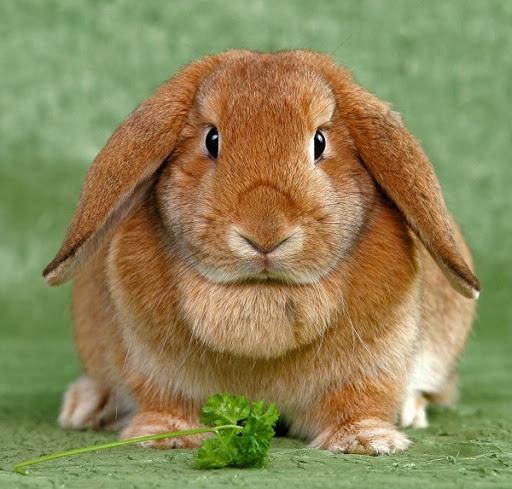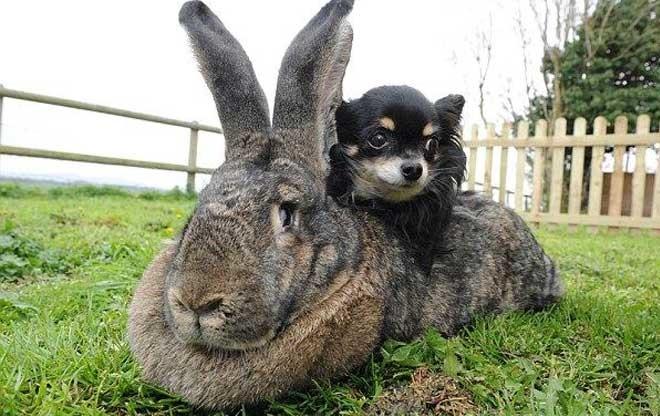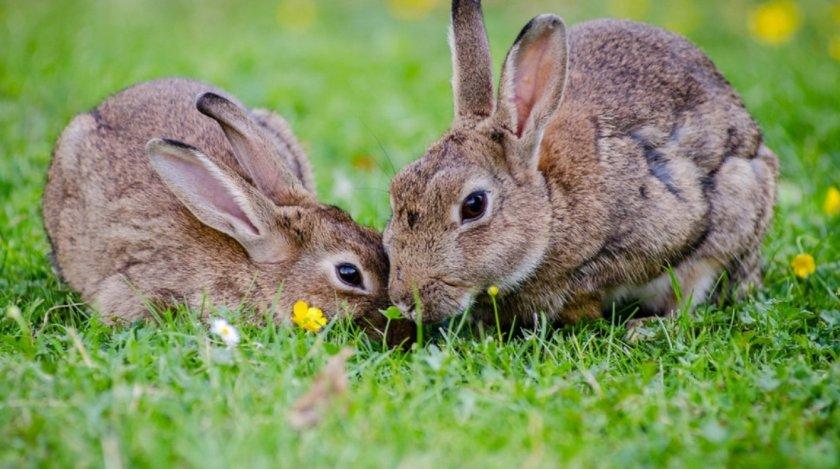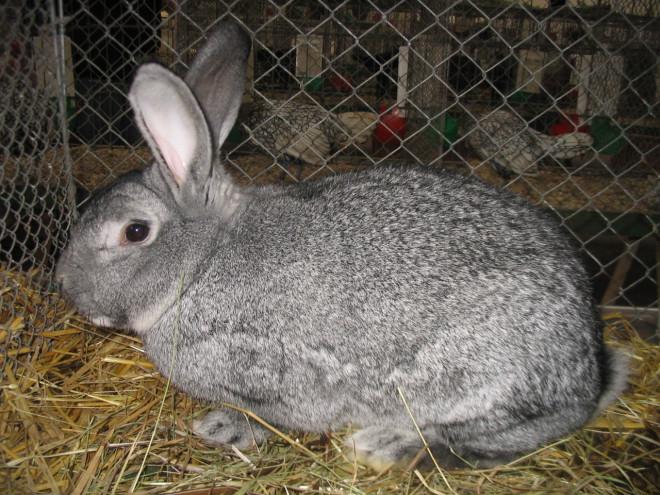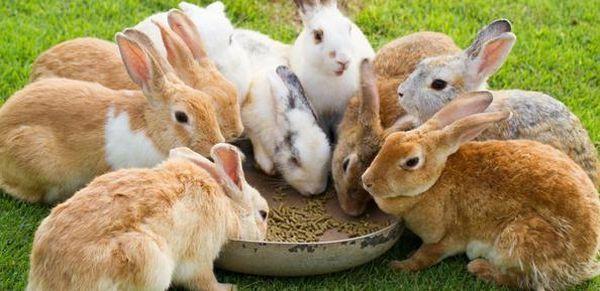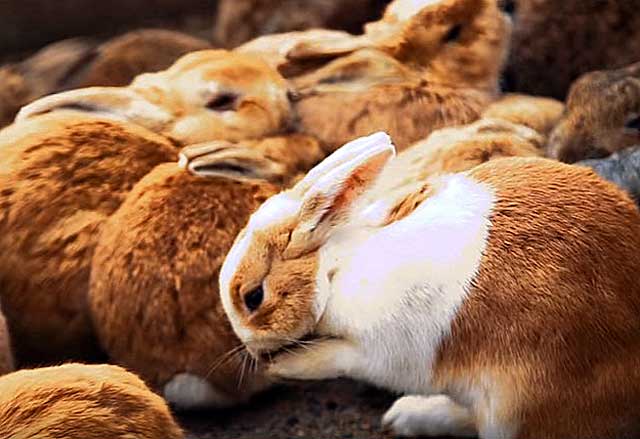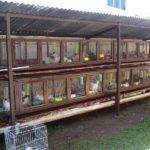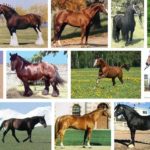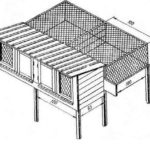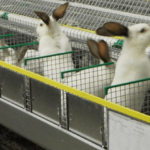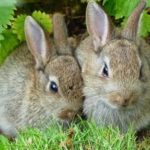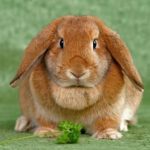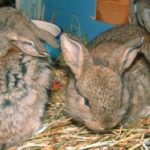For many breeders, planning for keeping rabbits begins with the question of how long these animals will live at home. The lifespan of domestic and wild breeds varies due to living conditions and the absence or presence of human assistance. In addition, life expectancy is influenced by the characteristics of a particular breed, as well as gender and related circumstances.
Averages
Average indicators were calculated by experts based on the results of numerous observations. The boundaries are between 4 and 12 years.
At home
Growth in domestic rabbits stops at 18 or 24 months. A healthy rabbit can live in a cage, provided it is well fed and well cared for, for up to 12 years. Decorative dwarf breeds live from 9 to 12 years. Giants live up to 8-9 years, this is dictated by anatomical features. Meat breeds are kept for slaughter, so life expectancy is limited to the period of weight gain, it is achieved by 4-5 years. Fold breeds grow up to 24 months of age, but live much shorter than other toy breeds. The lifespan reaches 7-8 years.
In nature
The lifespan of ordinary wild rabbits is 3-4 years, this is dictated by the conditions of their natural habitat. Individuals do not live long, since they constantly have to worry about survival, they get food, often become victims of predators or die from diseases.
What affects lifespan
The lifespan of rabbits is influenced by various factors:
- Heredity and characteristics of the breed. The purity of the mating matters for subsequent offspring, so breeders of breeding rabbits can expect that they will live a maximum of years.
- Vaccination and creation of immunity. Routine vaccinations help prolong the life of pets. They protect against common diseases.
- Hygiene and care. These are important criteria. Rabbits that are kept clean, warm and cared for can live a very long time. This is especially true for pets kept in an apartment.
- Habitat. This factor involves taking care that the animal does not become hypothermic, does not overheat, and receives the maximum amount of sunlight.Rabbits like to be in ventilated areas, but do not tolerate drafts. In the summer it is important to let your pets go free.
- Nutrition. One of the most important maintenance conditions is a balanced diet. The diet should contain traditional feed complexes, as well as vitamin and mineral supplements. Proper nutrition is important when rabbits receive food at the same time. In addition, it is important to change your diet when you are diagnosed with pregnancy and when you reach a certain age.
Signs of old age
Breeders do not always know exactly the age of their wards, so it is necessary to know the main signs that determine the onset of old age:
- Condition of the coat. The hair becomes less fluffy, stops shining, and bald patches appear.
- Eye expression. Young rabbits' eyes sparkle, their pupils are constantly in motion, as the rabbit records the situation around itself. In aging rabbits, the eyes do not sparkle, and there is almost no interest in what is happening.
- Physiological features. In aging animals, the skin on the belly begins to sag. Some breeds lose sight and hearing early.
Information! By the age of 5-7 years, many pets show signs of arthritis and a decrease in appetite.
How to extend the life of a pet
Owners can extend a rabbit's lifespan if they follow the rules of care. Quality care includes not only the organization of food and living conditions, but also care for the mental state of pets.
Keeping it clean
It is important for your pet to have a separate place where he returns to sleep, or where food and drink await him. Domestic rabbits are usually kept in cages. The surface of the cage, drinking bowl and food compartment must be cleaned daily.It is recommended to disinfect all items weekly using suitable antiseptic agents.
Nutrition
The diet is prepared in advance, taking into account the characteristics of a particular rabbit. Young individuals receive a variety of food, taking into account the fact that they need to gain weight. Separately organize the nutrition of females with offspring or aging rabbits, which gradually begin to lose their appetite.
The menu should contain the following items:
- dry cereal feed: oats and barley;
- fresh root vegetables;
- compound feed;
- grass or hay;
- vitamins and minerals.
The drinking bowl is filled with fresh drinking water. If necessary, medications for the pet are added to it.
Conditions of detention
The most common option for keeping rabbits is cage housing. As a rule, they are designed for one pet, although in the summer two adult individuals are housed outdoors in one block, provided there are no conflicts between them.
The cell consists of two combined blocks. One of them is intended for sleeping; there is bedding there. The other contains a feeder, water bowl and toilet. The cages are positioned so that the animals do not overheat or become hypothermic. This provokes diseases to which animals are susceptible.
Keeping in enclosures or pits is a separate organization of the life of pets. In each case, it is necessary to take into account the air temperature and humidity. Aviary housing is especially common in warm regions, when owners do not need to worry about moving their pets for the winter.
Reference! Maintenance using dug holes is associated with the need to comply with placement conditions.The place for the pit should be far from groundwater or wetlands so that the humidity level is comfortable for the animals.
Safety
Rabbit cages or mini-farms are usually located a short distance from the ground. This is due to the fact that rabbits are often attacked by rodents or insects. They are carriers of infection, so special attention is paid to the safety of rabbits.
Barns or outbuildings where units with animals are housed are regularly treated with protective agents to prevent pest attacks.
Protection from stressful situations
Mental health for a rabbit is no less important than physical health. Rabbits need their relatives nearby. That is why supporters of aviary keeping are against the construction of individual cages.
Breeders claim that cage housing helps maintain hygiene and control the amount of food consumed, but at the same time, pets really need dosed communication with representatives of a related breed.
Constant suppression of the rabbit's desires has a negative impact on the mental state. Restriction in space provokes stress, loss of appetite, and depression, so when planning conditions, it is necessary to remember that animals need walks in nature, even if they are limited by protective nets.

